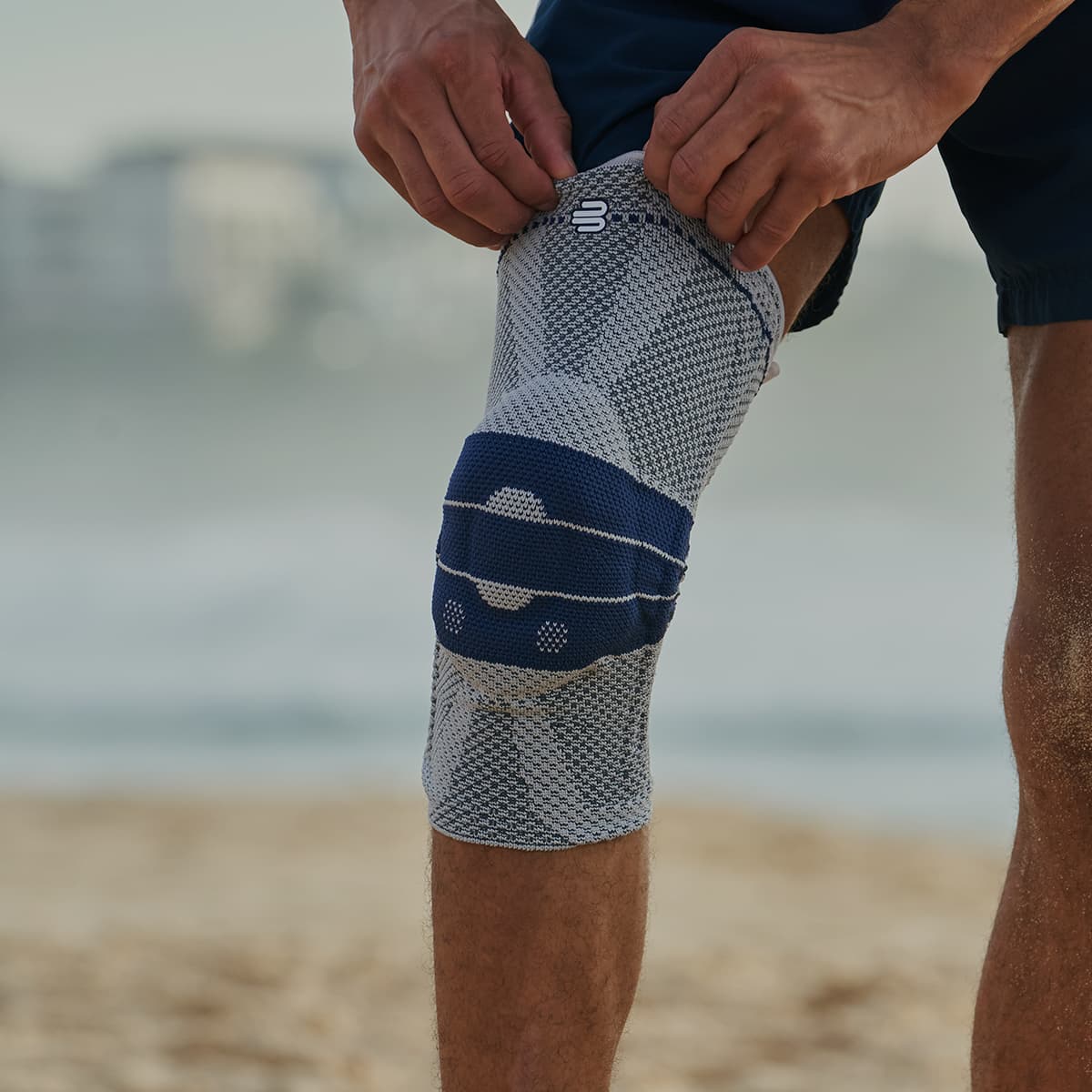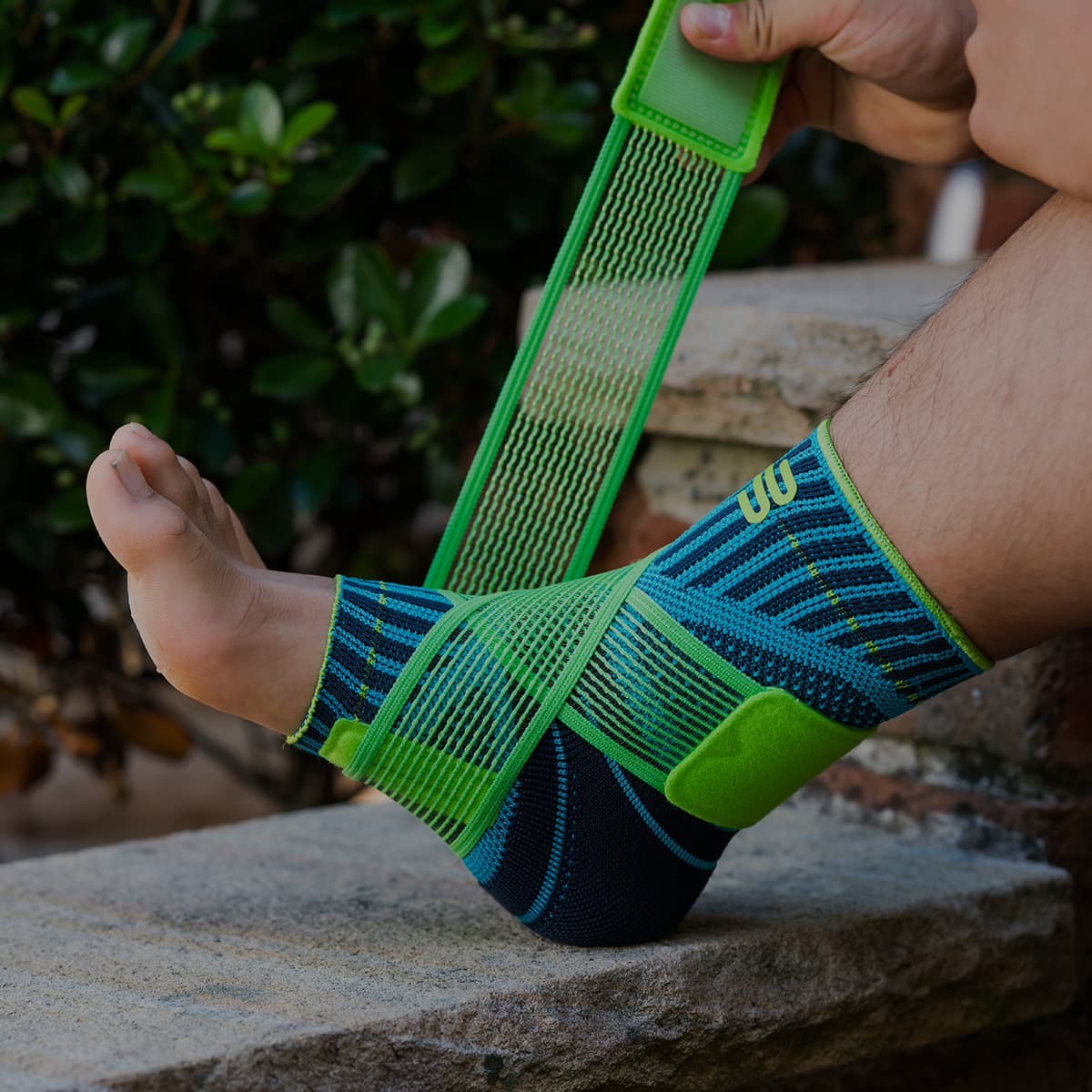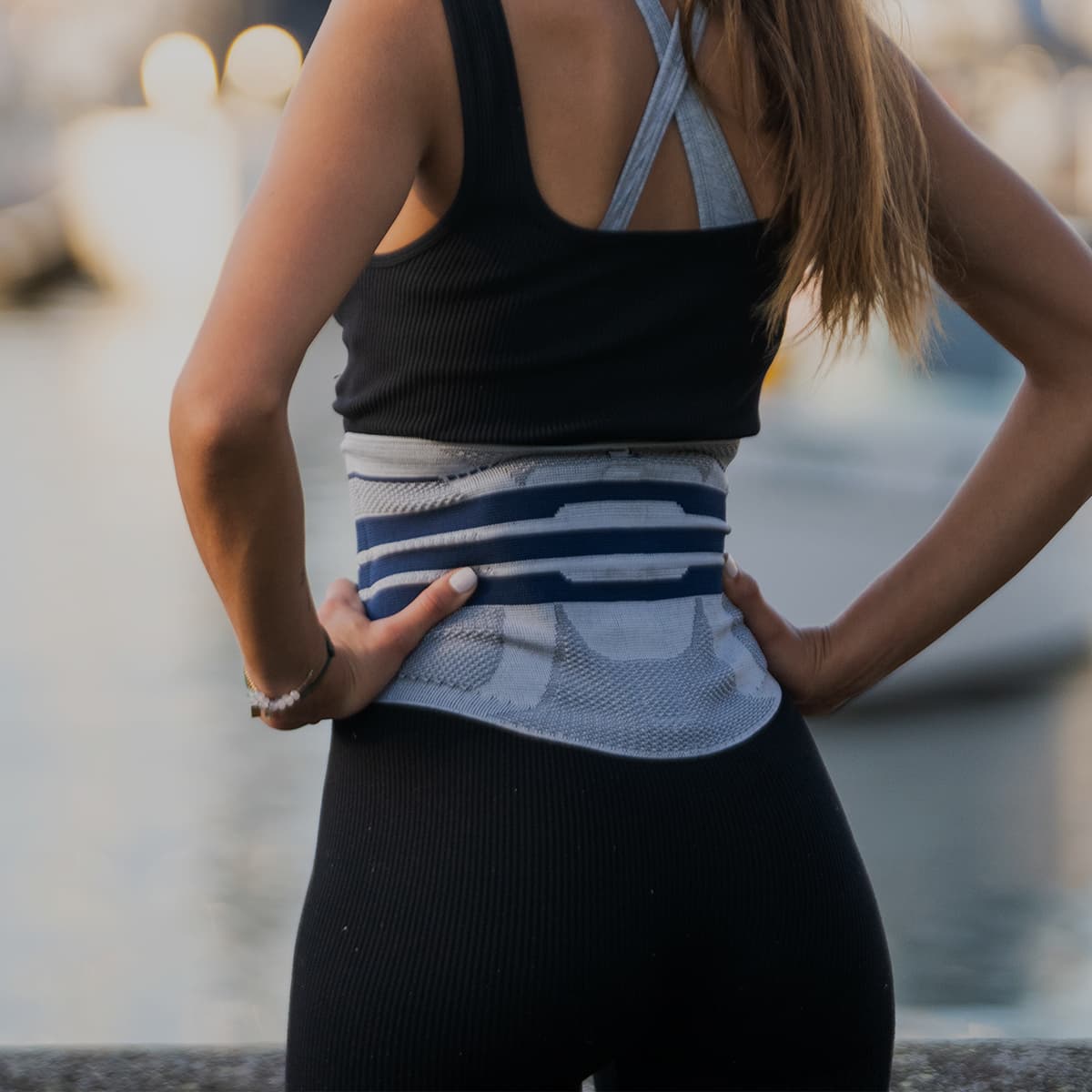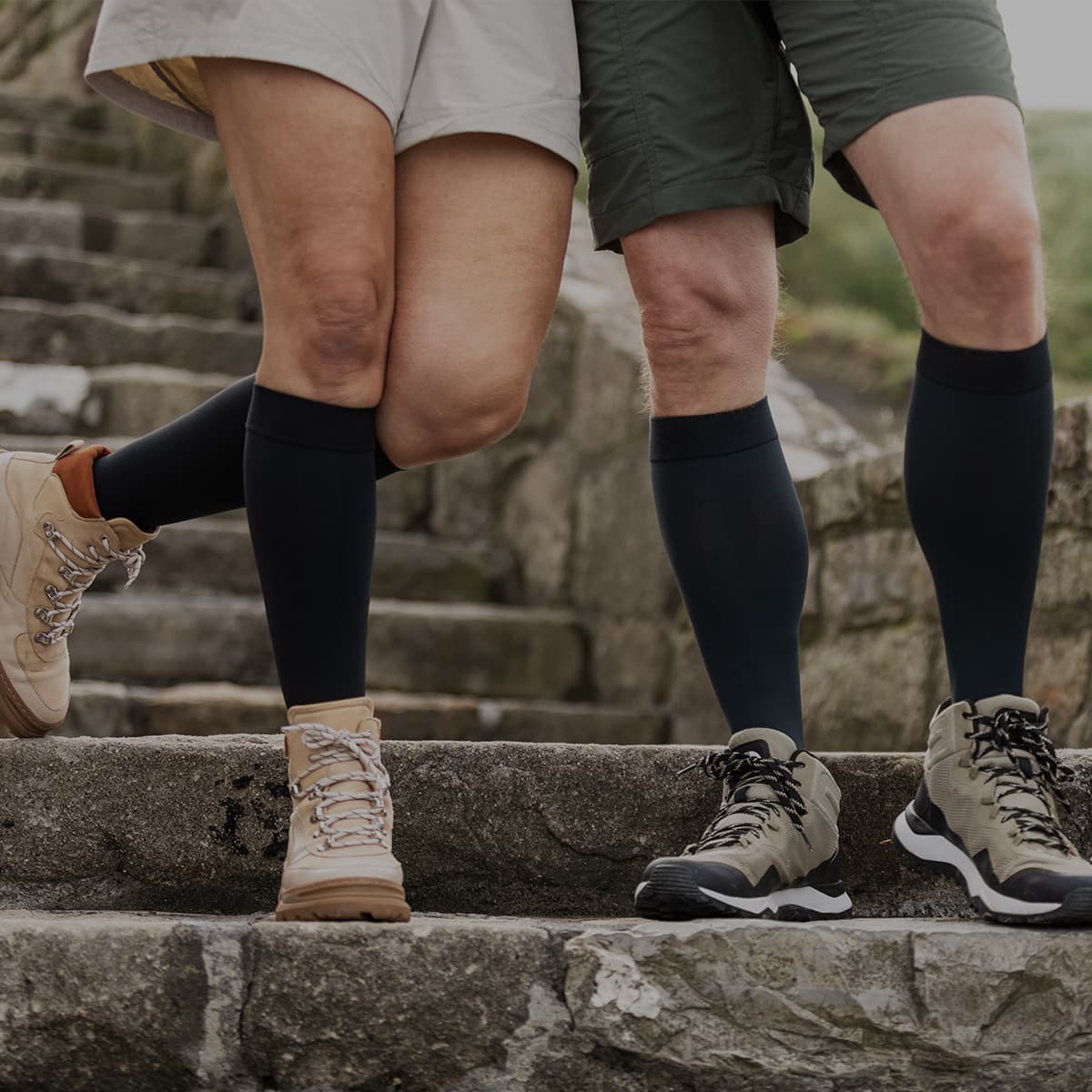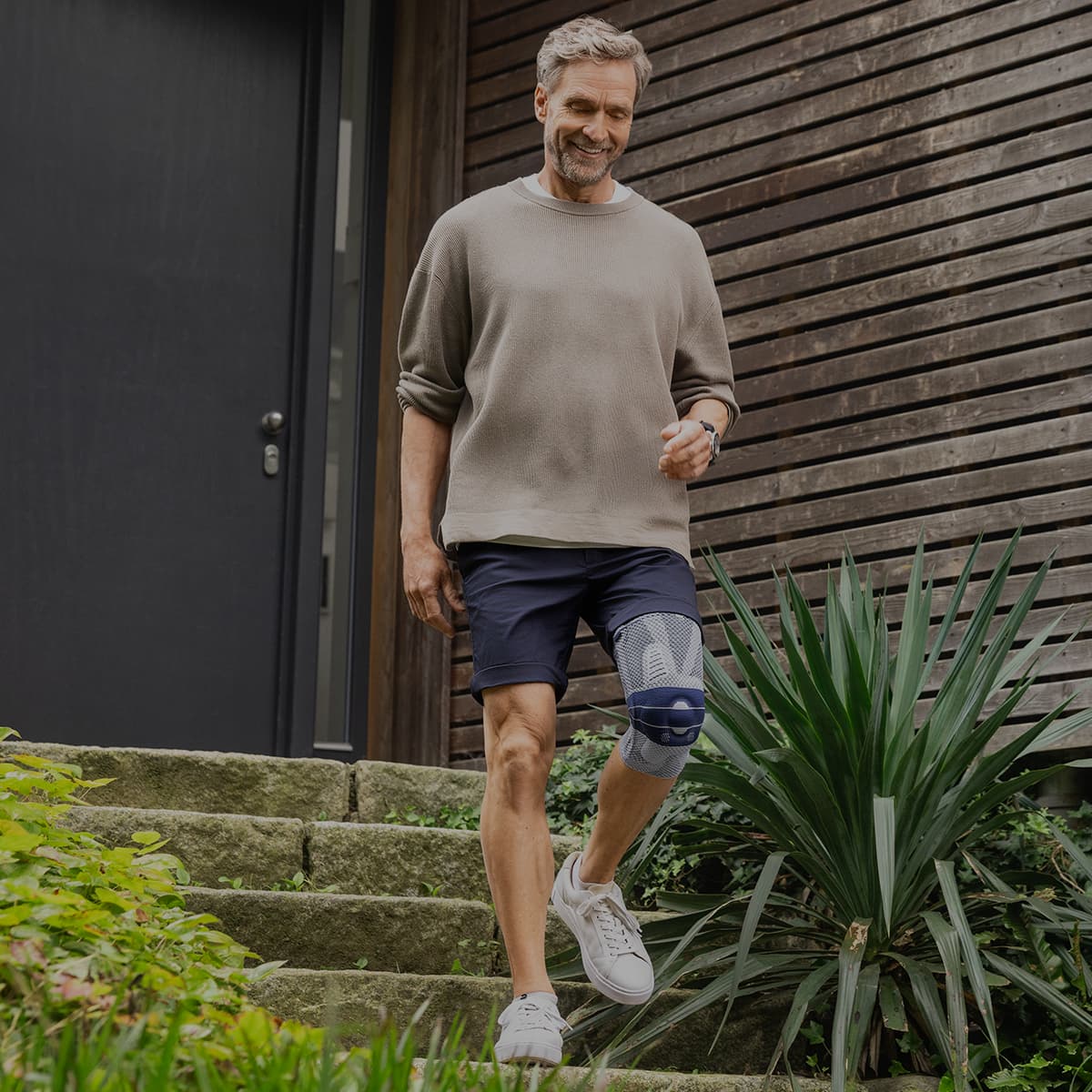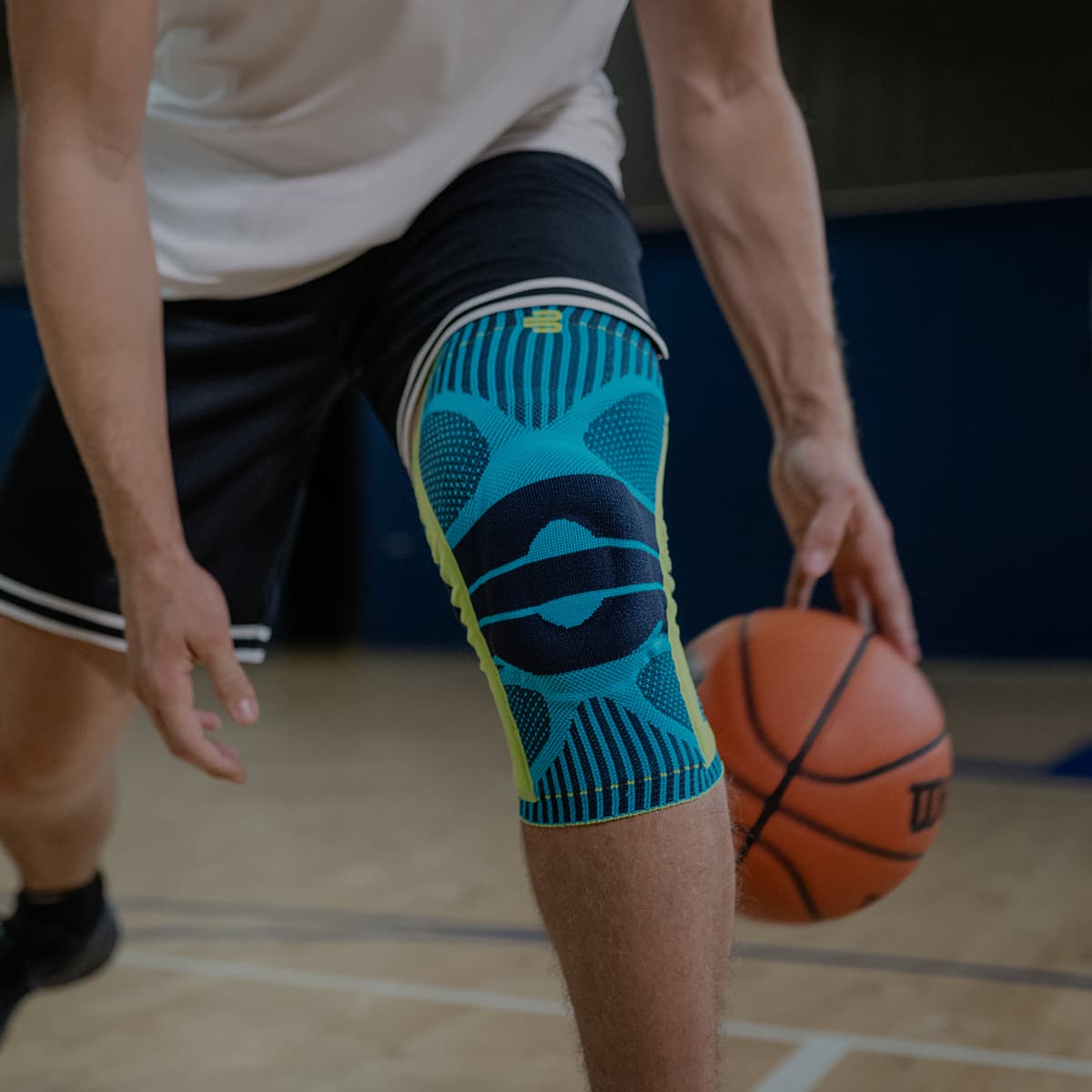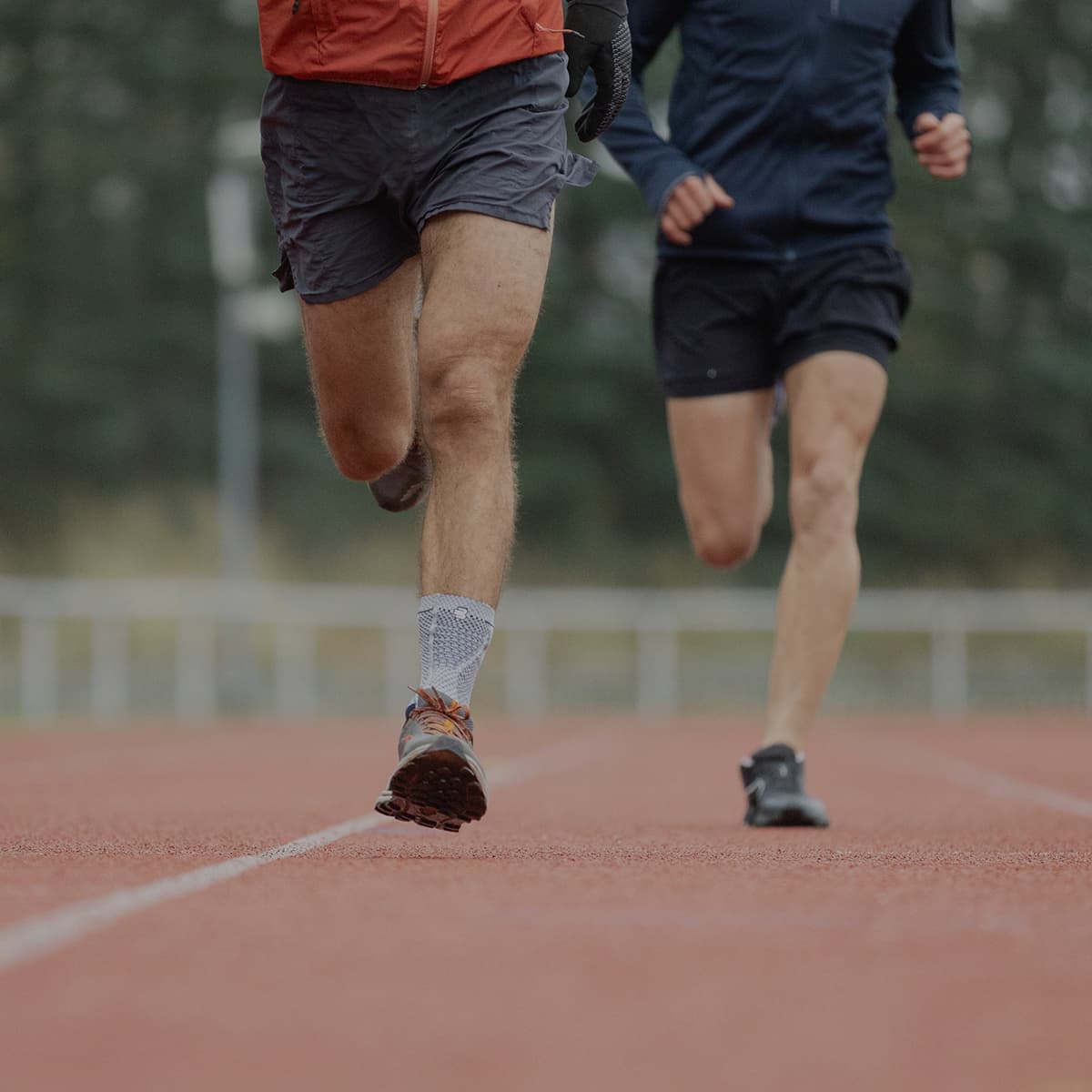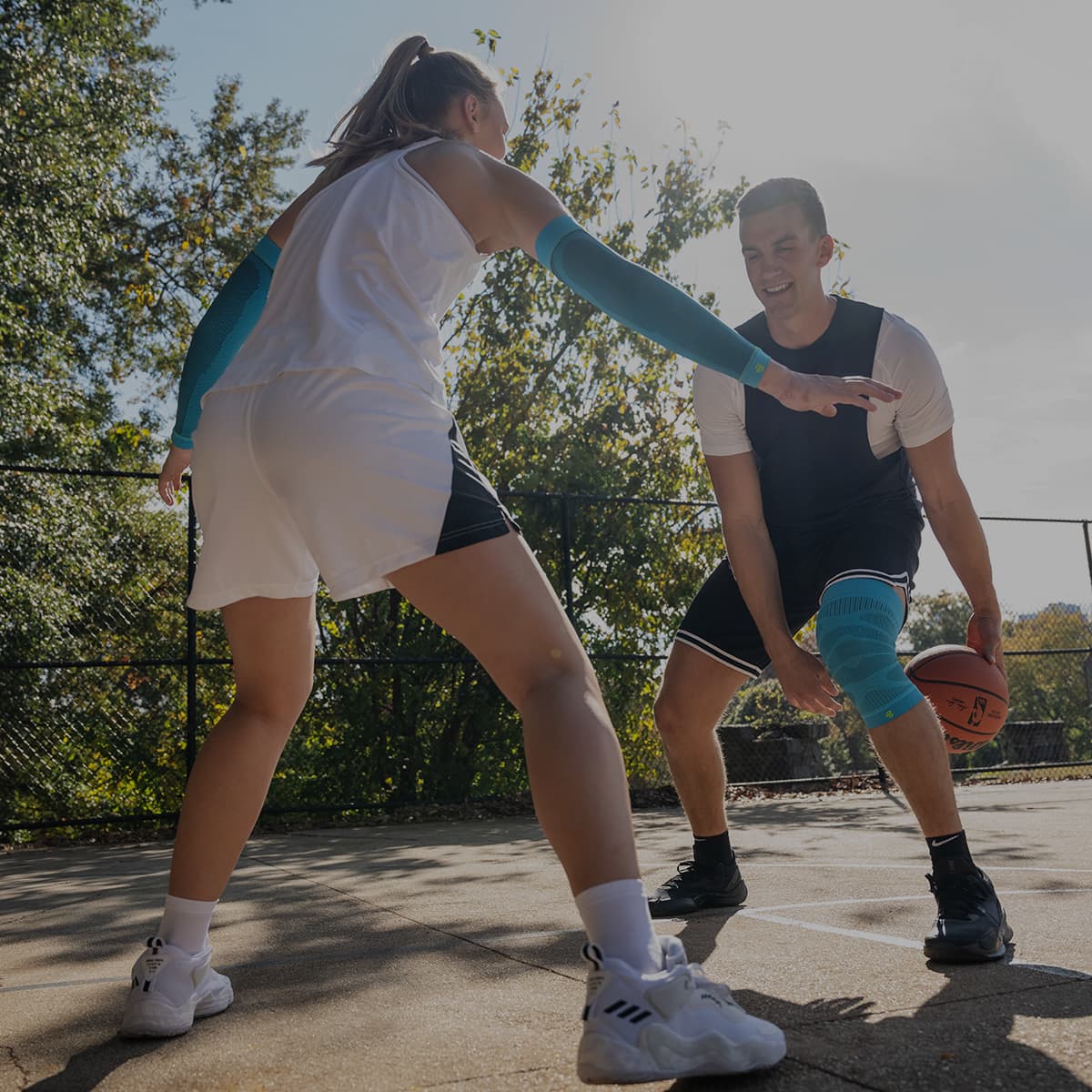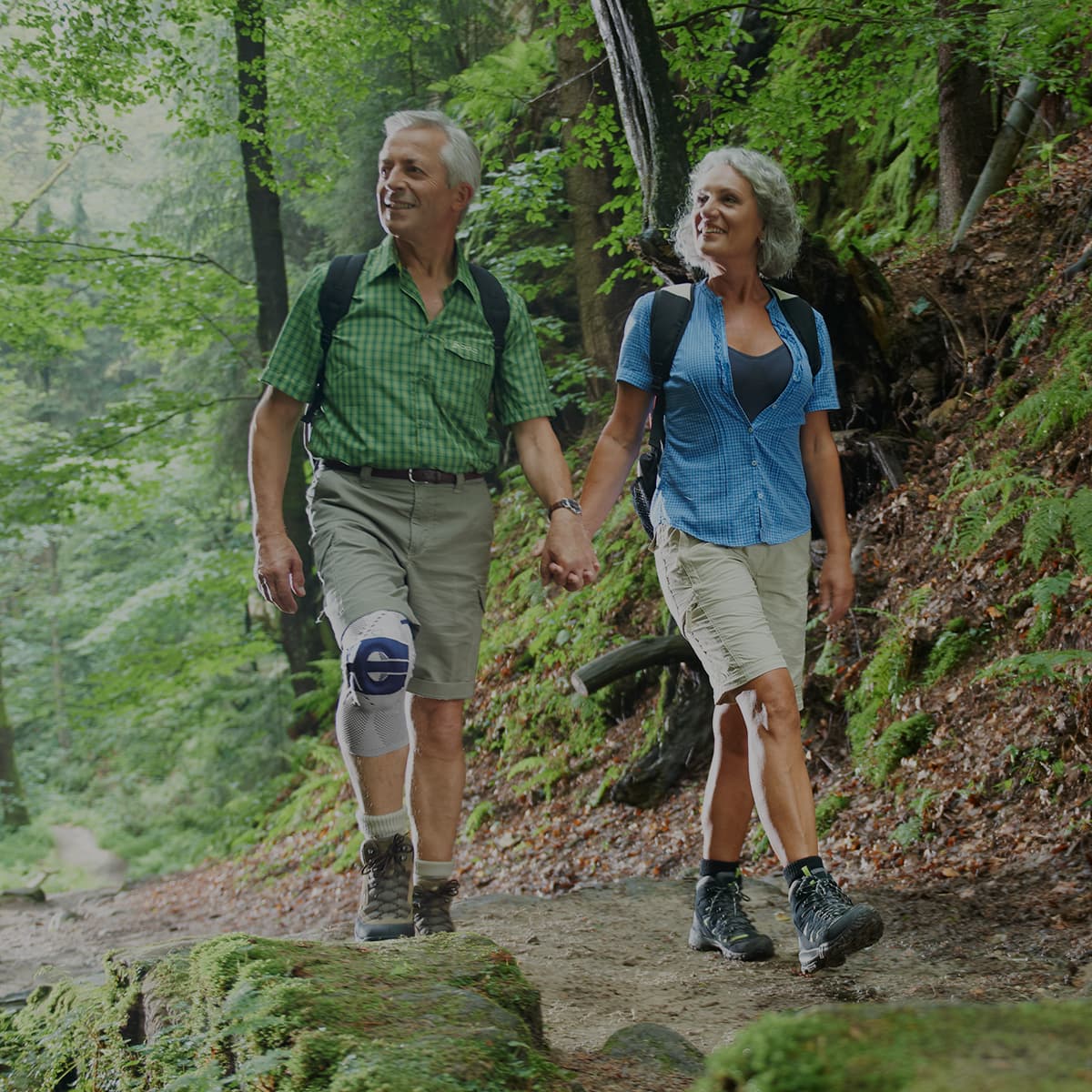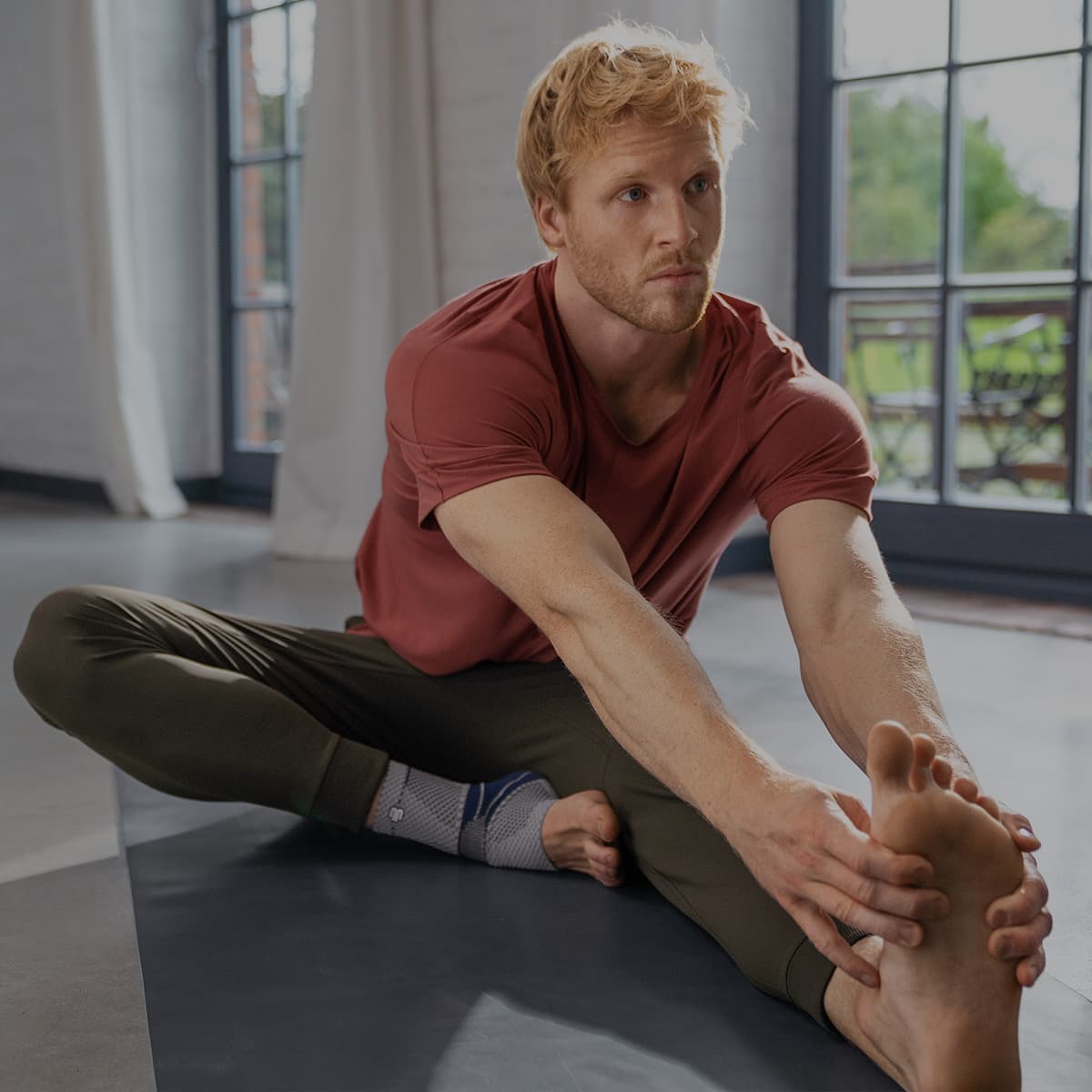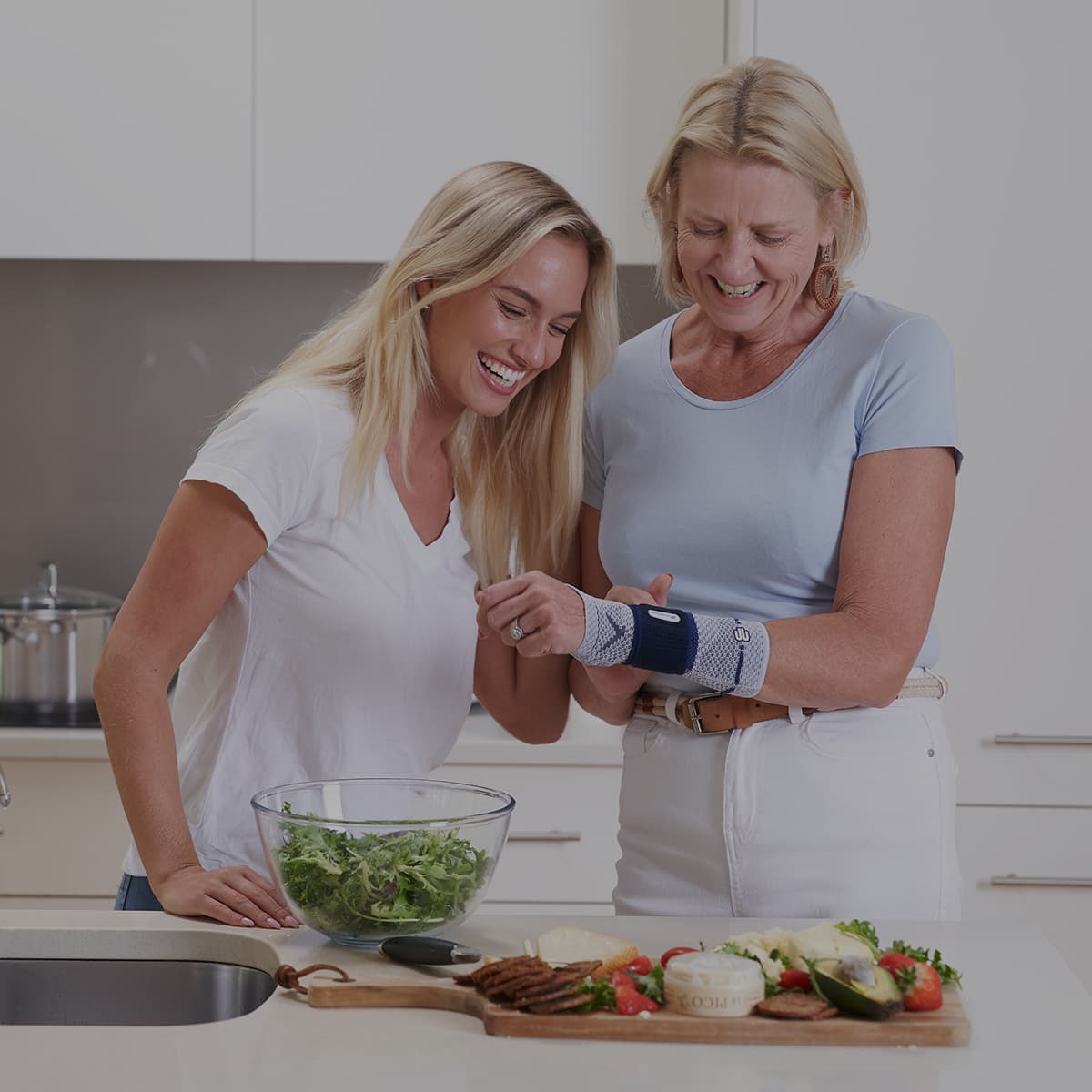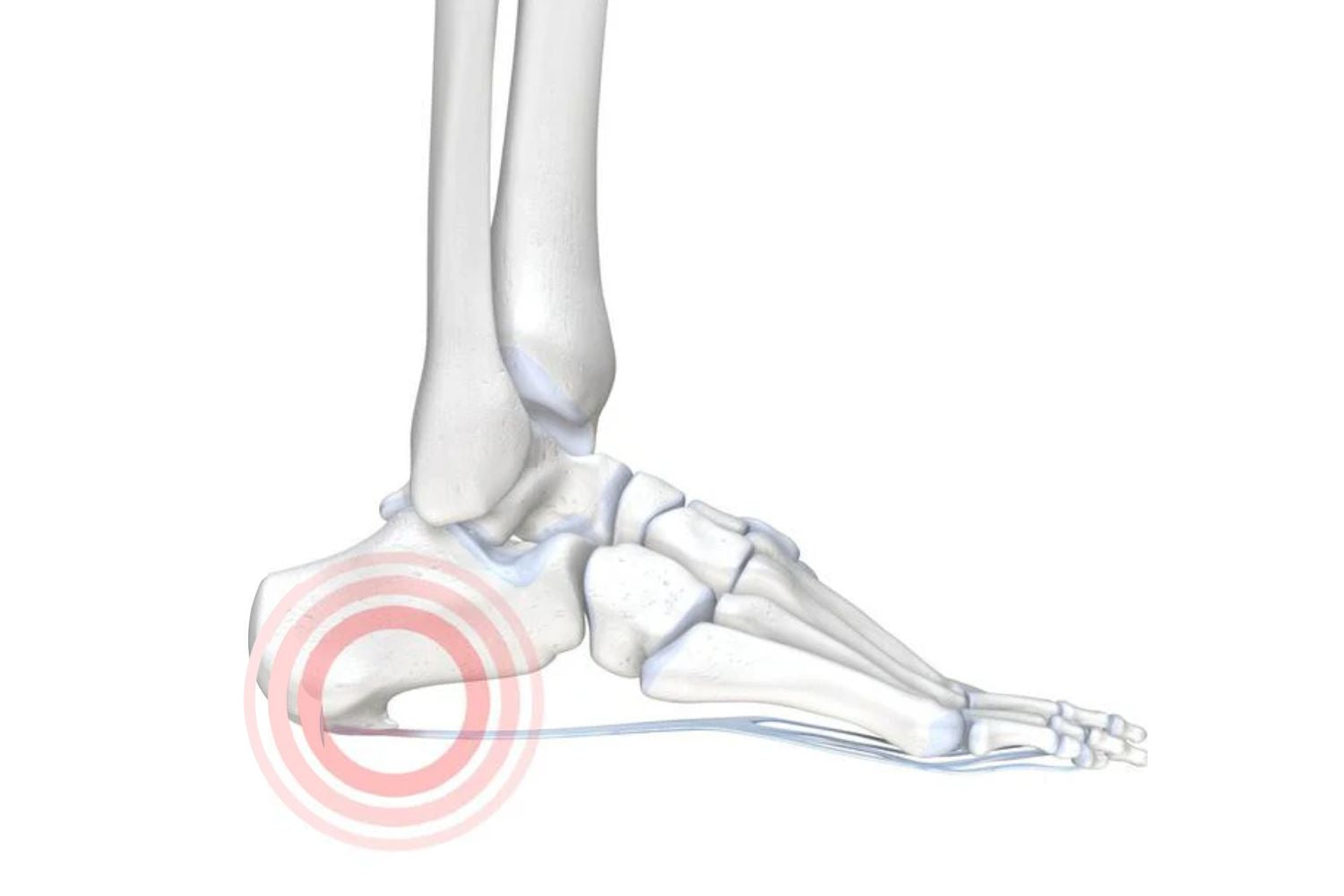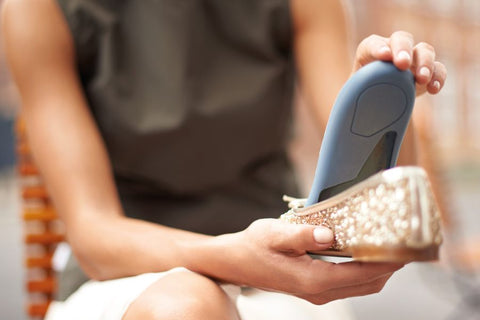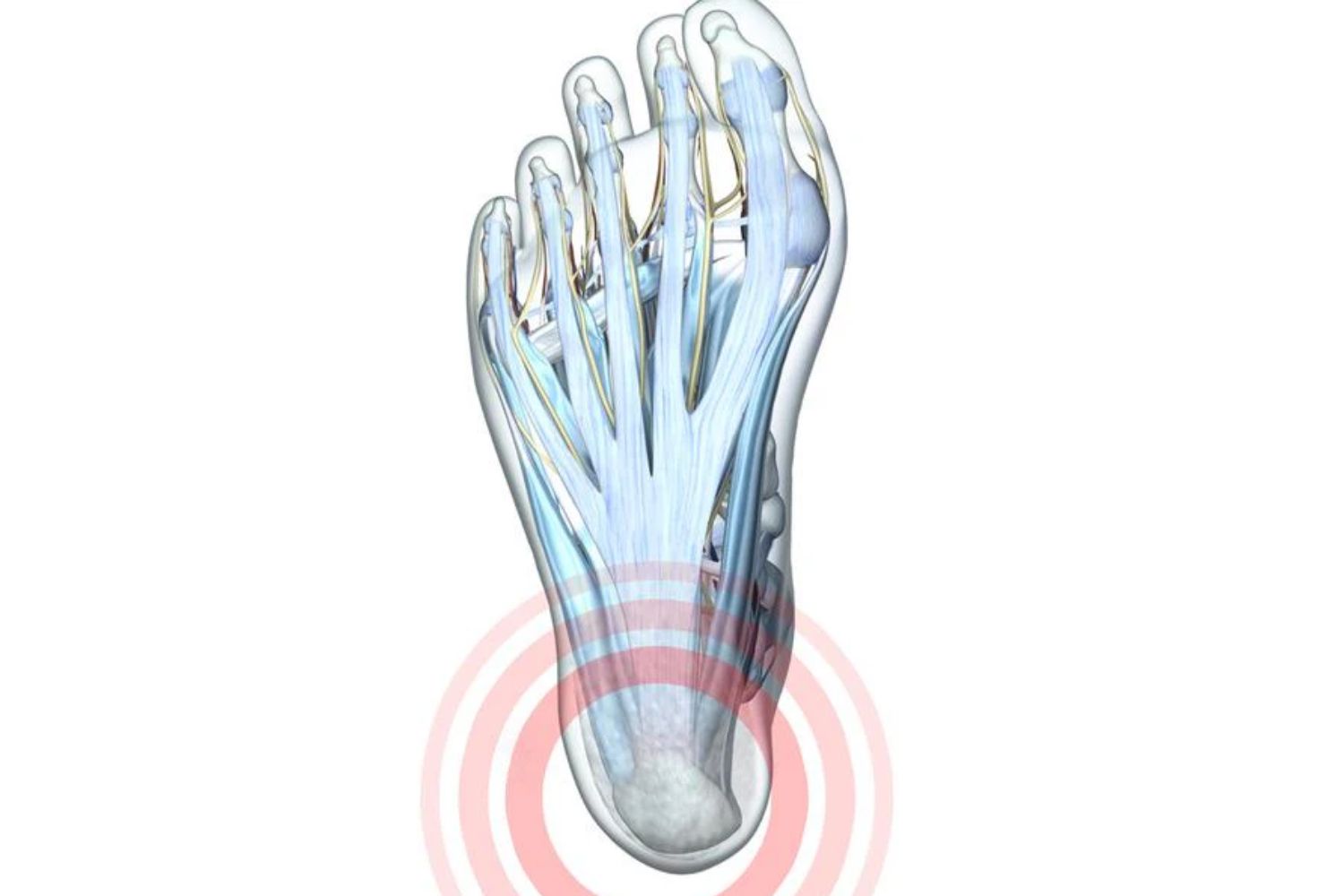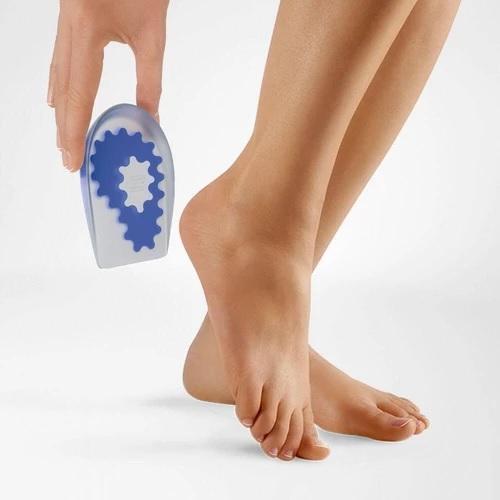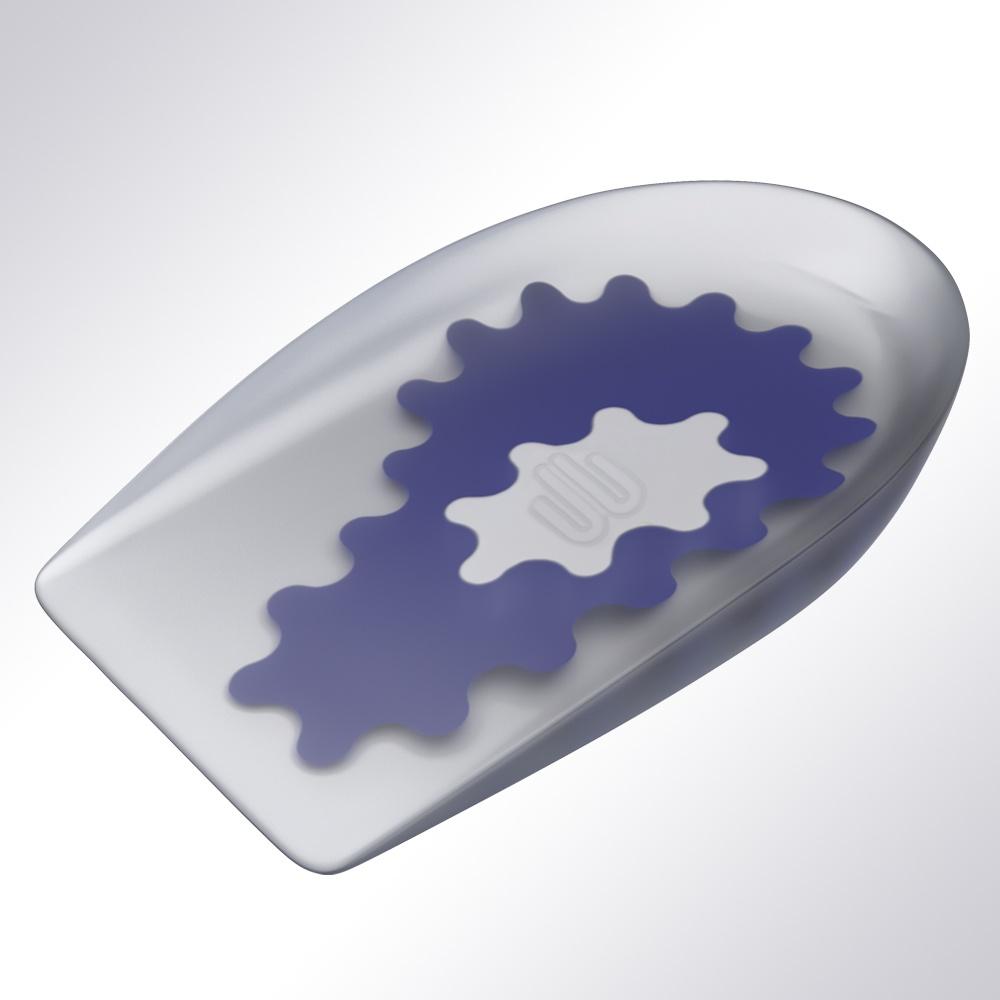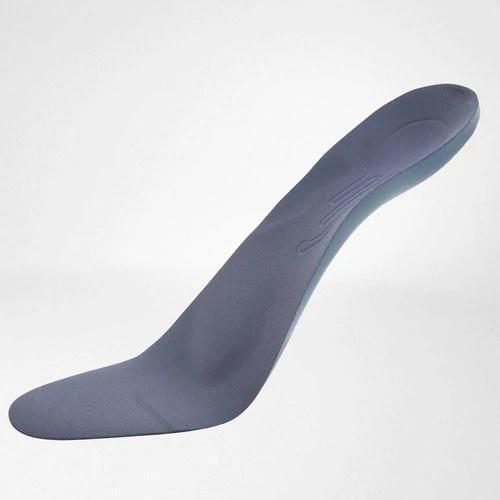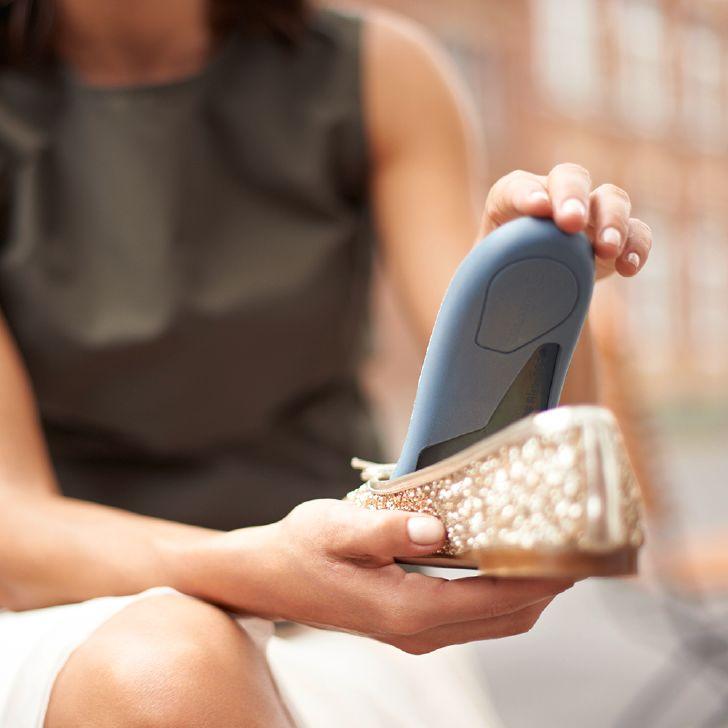The heel bone (known as the calcaneus) is the largest bone in the foot and performs crucial functions in everyday life. It is anatomically structured to bear the weight of our body and optimised to distribute that weight evenly when walking or running on either even or uneven surfaces.
Some patients can develop small bone growths on the heel, more commonly known as Heel Spurs. Mild cases can go undetected for long periods of time before apparent symptoms become present.
However, long-term wear and tear can lead to the patient developing severe pain and discomfort. In chronic cases, this pain is unbearable, and a patient’s mobility is severely restricted.
When this happens, there are serious consequences to a patient’s quality of life. More invasive, i.e., non-surgical intervention, may become necessary to alleviate symptoms.
Heel Spur Causes
A heel spur is a bony extension on the heel bone, the most prominent bone of the foot. The condition is a direct result of overloading the heel. There are several main factors that contribute to the development of this degenerative disease, including:
Intense Physical Strain on the Feet
Occupations that involve long hours of standing or walking around (e.g., people working in retail or warehouses) can lead to overloading of the feet. People whose jobs involve a rigid foot posture, like machine operators in warehouses and factories, are particularly vulnerable.
Footwear
Incorrect footwear or wearing poorly fitted shoes can lead to uneven load distribution on the feet. In the long run, this increases the risk of wear and tear and the development of heel spurs.
High-intensity sporting activities that place an excess load on the feet, such as rugby, tennis, and running, can exacerbate the risk. Unhealthy proprioception can also exacerbate the risk. Pre-existing conditions like Rheumatism and inherent malformations in the structure of the feet increase the risk of degeneration.
Heel Spur Symptoms
Long-term wear and tear of the foot due to constant overloading and excess stress leads to inflammation of the heel bone. The body naturally reacts by creating calcium deposits in the inflamed area.
As the disease progresses, the calcium deposits form bony structures. These heel spurs often have a wide variety of associated symptoms. Some of them include:
- A patient experiences some discomfort and slight pain in the heel. In mild cases, when the growths first begin to appear, these symptoms are minute and are very manageable at this point, often resulting in a delayed diagnosis.
- Slight pain in the heel is common in the morning or after long periods of inactivity. This is known as “start-up” pain. The symptoms tend to disappear over the day.
- Heel Spur is a degenerative disease of the heel bone (Calcaneus). As the disease progresses, the symptoms tend to become amplified, with the patient’s pain more pronounced and persistent throughout the day.
- The skin surrounding the affected heel begins to feel sore and becomes red.
In the long run, a patient’s mobility is severely restricted. There is a sharp pain in the heel even without any pressure on it.
Most patients with heel spurs are on average between 40 and 60 years old. The condition is more common in men than in women.
Diagnosis of Heel Spurs
An orthopaedic specialist is the best medical practitioner to seek advice when suspecting heel spurs.
A thorough physical inspection and patient history help the doctor to understand the risk factors on an individual basis.
Imaging technology, such as X-rays, can be used to determine the location and progression of bone growth on the heel bone.
Heel Spur Treatment
Treatment for heel spurs is centred around alleviating the symptoms and taking measures to prevent the progression of the condition. A helpful guide that has been proven effective is:
Relieve the Foot
It is crucial to relieve the foot from the excess stress it experiences throughout the day. Wearing comfortable and well-padded shoes daily helps provide ample support and prevent undue stress on the foot.
Sturdy footwear can also help one to practice healthy proprioception, which has long-term benefits.
Reducing body weight and combating obesity helps reduce the load on the feet and dramatically reduces the strain on the heel bone.
Pain Relief Medication
If there is significant inflammation in the feet, patients often find that taking anti-inflammatories and analgesics, when directed by their doctor, for temporary relief, is beneficial.
Mild cases are often managed conservatively with drug therapy. In advanced patients with chronic symptoms, local injections are more effective but often uncomfortable.
Physiotherapy Exercises
It is highly recommended that the muscles in the calf and foot be regularly exercised to build strength.
Developing these muscles can help reduce the stress on the bone and combat the progression of the condition. Multiple sessions a day for a few months can rapidly improve a patient’s prognosis.
Practising healthy proprioception and prioritising a good warm-up before any training can go a long way in recovery.
Medical Orthopaedic Insoles
Optimally shaped medical insoles are very effective as both a preventative measure and to slow down the degeneration of the Calcaneus (heel bone).
The insoles help protect the foot from excess stress and any unnatural movements beyond the natural range of motion, i.e., against overloading and overstretching.
The insoles can also serve as a comfortable cushion for patients with inherent malformations in the structure of the foot.
Surgical Intervention
Only in rare cases of heel spurs does surgery become necessary. Most cases of the condition are managed conservatively. Some patients might require surgery to correct the excess bone growth and restore structure and mobility to the foot. Surgery is a risky procedure and is usually the last resort to provide relief to a patient.
How to get rid of Heel Spurs?
ErgoPad Redux Heel 2
Medical shoe insoles like the ErgoPad Redux Heel 2 and the ViscoSpot Heel Cushion can help alleviate the symptoms and pain of heel spurs. Both insoles are flexible and slimline, incorporating a recess in the heel. This takes the pressure off the affected area and helps relieve pain and discomfort.
The ErgoPad Redux Heel 2 utilises a special foam padding system in conjunction with a spring system to take all pressure off the heel. A met-dome and gentle arch support help guide the foot to prevent further deterioration.
The ViscoSpot Heel Cushion uses a multi-layered gel of varying densities to cushion the heel in milder cases. It also lifts the heel to redistribute pressure across the stronger parts of the foot.
ViscoSpot Heel Cushion

